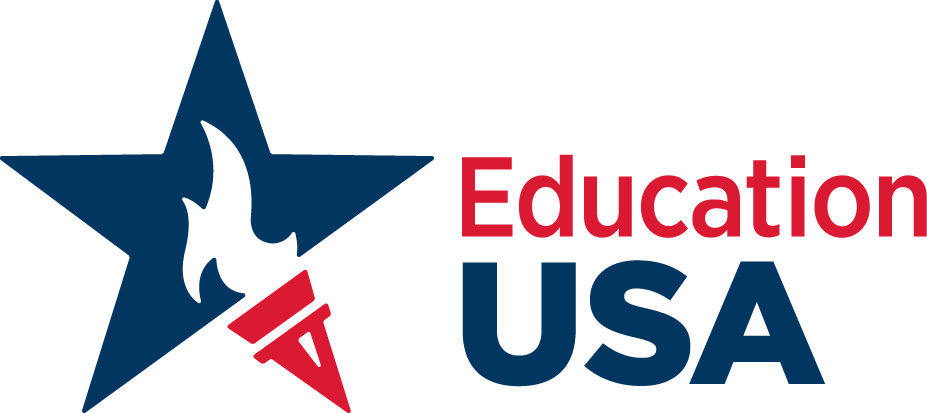Financial aid can come from various sources, starting with personal & family funds and also from U.S. & Foreign institutions, governments, and sponsors such as companies & foundations.
Last year, 82% of undergraduate international students relied on their own personal & family income as their primary source of funding. Many of these students may have received a aid from other sources, but still relied on family funds as their primary source. About 13% of these students relied on US colleges and universities as their primary source of funding. An additional 3% relied on their home governments or universities as the primary source while less than 4% relied on the other types as their primary source.
In most cases, foreign students are in competition with U.S. students for financial aid funds. Foreign students should therefore explore all opportunities for funding in their own country before applying for U.S. based aid.
Students who have limited financial resources should consider attending community colleges for the first two years of study, then transferring to a 4-year institution using the 2+2 pathyway. Community colleges usually have much lower tuition rates; however, they often do not offer on-campus housing for international students, which is just one of many costs that international students should consider when calculating the costs of an US education. Other costs to expect include tuition, room and board (food), transportation, health insurance, and personal expenses.
Who should apply?
Students who have a greater chance of obtaining financial assistance usually have the following:
- evidence of high academic achievement,
- high standardized test scores (SAT I, SAT II; TOEFL),
- demonstrable financial need but enough private funding to at least cover part of the cost. Only the most exceptional students could expect to get full support,
- a unique talent or skill, or a record of meaningful involvement in extracurricular activities, and
- individualized letters of recommendation enumerating the students’ abilities.
Types of Financial Aid
The aid is usually provided by a U.S. college or university. How substantial the financial support will be depends on the kind of aid that is available. Frequently it will be a combination of the types listed below:
- Merit Based Scholarship: Based on academic qualifications regardless of financial need. The student has no work or repayment obligations.
- Need Based Scholarship: Aid is based on financial need but usually in conjunction with academic achievement. The student has no work or repayment obligations.
- Athletic Scholarship: Generally based on athletic ability of the applicant but not completely irrespective of academic performance.
- Part-Time Campus Employment: The student is able to earn money by working on campus for a certain number of hours per week. Some schools require all students to take on-campus jobs thereby reducing the overall cost of education at that university.
- Cooperative Programs: These programs allow students to alternate periods of full-time study with full-time work. The work generally begins at the end of the sophomore year and adds one year to a 4-year degree.
- University Loans: Students receive loans which are expected to be repaid after graduation.
- Advanced Standing: If a student qualifies, he can apply for advanced placement at the institution at which he wants to study. This does not constitute financial aid in the true sense of the word but is a means of cutting down on costs of the program by reducing its duration.
Part-time employment
As an F-1 student in Active status, you immediately have an option for one kind of work: on-campus employment. However, there are some things to keep in mind.
Student employment in the US usually garners a moderately low wage and, combined with limited work hours for international students, will prevent you from being able to pay all of your US university costs this way.
Although you may work shortly after you arrive, you must be in Active status and your DSO must approve your request. After your DSO approves your request, you’ll be given a letter of approval. This letter, along with a letter from your employer, will help you get a Social Security number. When school is in session, you may only work 20 hours per week; on school holidays and breaks, you may work up to 40 hours per week.
After a full year at school, you could be eligible for off-campus employment. Approval for this requires special authorization from U.S. Citizenship and Immigration Services (USCIS). In order to apply for this kind of employment authorization, you must receive a recommendation from your DSO and file a Form I-765, “Application for Employment Authorization” with USCIS. After USCIS approves your employment, they will send you a Form I-766, “Employment Authorization Document” (EAD).
You may not begin work until you have received your EAD. Just as with on-campus work, while school is in session you are restricted to a 20 hour work week.
For more information about international student employment in the US, please visit http://studyinthestates.dhs.gov/students/resources/working.
Application Procedure
Applications for financial aid are generally only accepted for admission for the fall term in August/September and are usually due around the same deadline as the admissions application. Some schools automatically consider applicants for financial aid, while others will request a separate financial aid application. You should check with each university you are applying to for more details.
When applying for financial aid, most universities will ask international students to report their family’s income and other financial assets via a particular application or College Board’s financial aid profile application. International applicants with dual American citizenship should complete the Free Application for Federal Student Aid. You should always be as honest as possible when reporting your financial abilities and needs and be aware of how the reporting process will affect your admissions chances at need-blind versus need-aware schools.
Need-blind schools are universities that do not take your financial need into account when deciding whether to admit you; need-aware schools are universities that do. US universities consider your financial need to be calculated by the total cost of attendance minus your family’s Expected Financial Contribution. It is important not to exaggerate this need either too high or too low because of the impacts it could have on your admissions decisions.
More importantly than need-blind or need-aware is whether or not an university is able to meet its admitted class’ financial need; this ability is much more common in need-aware schools. You can learn more about applying for financial aid at need aware schools by watching this video interview with Franklin & Marshall College below:
Loans
Though rare, there are international student loans available to individuals who meet certain criteria. Many loans require a cosigner. A cosigner is someone who guarantees and is responsible for payment to the loaning institution if for any reason you are unable to pay back the loan. A variety of organizations and institutions provide private loans to international students. Many provide assistance that is targeted to students from specific regions or countries and who meet certain criteria.
The following is a link with international student loan options: www.internationalstudentloan.com


